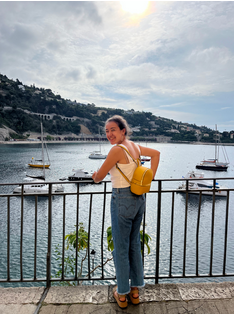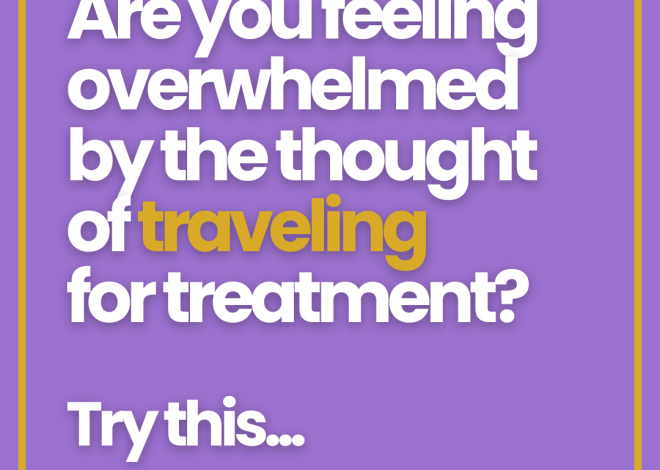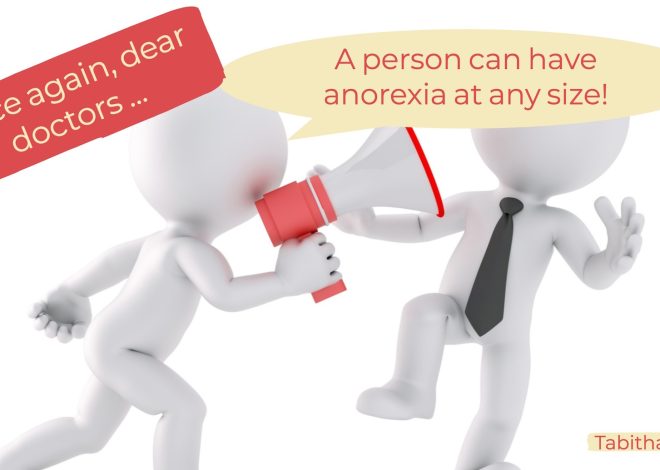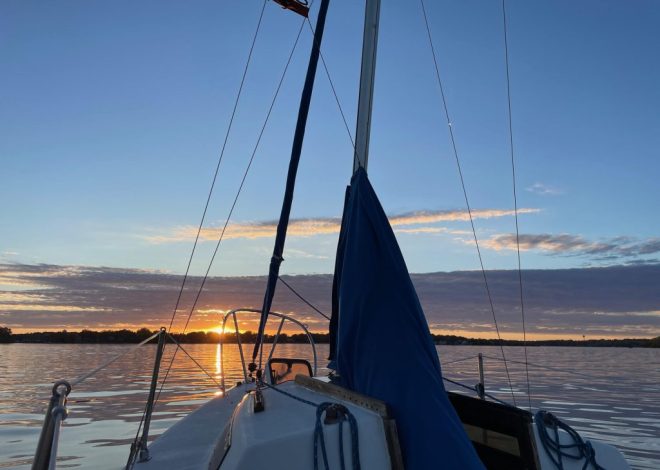
Finding joy and fighting anorexia with the color yellow
My name is Erin, and I am a girl who once defined herself by her eating disorder. My eating disorder and the person I was were so intertwined that it was hard to untangle who was who. I mistook my eating disorder for myself, and myself for my eating disorder. I didn’t recognize that my thoughts were actually two different entities, with the eating disorder being one of them, and my true self being the other. We were all one and the same. It was hard to see a future where one didn’t exist without the other.
I am happy to say that now, I am wholly me. I am Erin. I am not identifiable by eating disorder thoughts, behaviors, and patterns. My true self is no longer buried under obsessions with food, weight, and calories, but is instead represented by what means the most to the real me– spending quality time with family and friends, traveling, working as a scientist, showing kindness and spreading joy, and even creating my own mental health advocacy blog. There was a time–a long time–during which I knew no escape from my eating disorder, and didn’t see a future where she wasn’t fully entangled in my personality and identity. Yet I am here today–fully me–to tell you that I was wrong.
I wasn’t diagnosed with anorexia nervosa until my senior year of college, though I had been struggling for a while with food, body image, numbers, secrecy, and I could go on. When diagnosed, I was in denial. There was no way that I had an eating disorder…maybe I was just…struggling with nutrition? Lactose intolerant? Gluten sensitive? Anything but…that. Well, I was clearly wrong. Initially, the student wellness center recommended that I take time away from campus to focus on treatment. I spent the remainder of the fall semester finishing classes at home, taking time away from my sport (I was a part of the varsity cross-country and track teams), and starting to see a therapist. The wellness center suggested I seek residential care, and I, along with others in my support system, did not think that was necessary. I returned to school for the next semester, but as time went on, it became increasingly evident that not only was I struggling with an eating disorder, but I was struggling pretty severely.
I am not going to go into specifics about the difficulties I faced over the next few years, but I will say that they were the hardest years of my life. I had more residential treatment stays than I can count on one hand, was sent to the hospital a number of times, was placed into many outpatient programs, etc. etc. Overall, I was simply not myself. Though there were glimmers of me in there, in general, I pushed away friends and family, I was quick to anger, I was obsessed with things that now don’t play a role in my life, and I was scared to let go of the behaviors and thoughts that had become such a big part of who I was. Finding my way back to ME was the hardest thing.
I think that the important thing to focus on is that I was able to get there, and that for a very long time, I saw no way of doing so. I want those suffering to know that I was in a place where I saw others in recovery, and in no way believed that I could do it myself. I would hear their stories, and think, “Yes, great, but that won’t happen for me. I am going to have this forever.” I was just not right!! Truly, I have learned, recovery is possible for ANYONE. You might fully believe that it’s not possible for you–I was there–but it IS. How?
Everyone’s journey is different, but for me, three things were central to my recovery: time, allowing myself to lean into the work fully, and the support of others. I had to give myself the time to actually do the work, and to not only do the work, but to actually INVEST myself in it. I had to allow myself to dive into treatment and trust the process. I had to get over the mental hurdle of thinking that treatment wasn’t helpful, it wouldn’t work, and any advice I was given didn’t apply to me. I also had to learn to turn to my treatment team and my support system when I was struggling. I am used to being independent, but for recovery, it became so much more doable and sustainable when I allowed myself to rely on others. Learning how to ask for help, and not only help, but exactly what it was that I needed, was a skill that was necessary for me to learn.
I am no stranger to eating disorders and eating disorder treatment. I spent years fully immersed in the struggle. My goal now is to help people struggling to know that they are not alone, and that they are seen, heard, and loved. That they CAN get through this.
Let me tell you a quick story. During my recovery, when I was truly in the thick of it, I reached out to friends and family on social media asking for them to send me pictures of anything yellow that they came across in their daily lives. I had always loved the color yellow, and for me, it came to represent hope and joy. Seeing yellow things or wearing some yellow always brought me a little bit more happiness and a little bit more hope for the future. When friends and family, near and far, answered my call for yellow things–I was astounded. I received literally HUNDREDS of pictures of yellow things–sunflowers, marigolds, golden retrievers, baby chicks, and so much more. Each picture brought a smile to my face, not just because of the image itself, but because of the person who sent it to me. There was joy to be found even during the most difficult time of my life.
I go back to the album of yellow things that I created during this time whenever I feel down, and it always helps me to put things in perspective. Small joys can become big ones. People that I wouldn’t have expected to show up then, did, by sending yellow things to make me smile. When I felt alone, in actuality, I wasn’t. So I am not alone today either.
It was with these thoughts and experiences in mind that I created a blog, mental health site, and social media page, called “where the yellow things are.” I hope that this project helps even one person out there know that they are not alone, that they are worthy of joy, and that recovery from a mental illness is possible for them. I would love for you to join me in this project and I hope that you visit my pages and reach out to me–I would love to hear from you and see any yellow things that YOU come across! You matter, your story matters, and your voice is heard, no matter who you are, where you’re from, or where you are in your recovery! You belong here.


